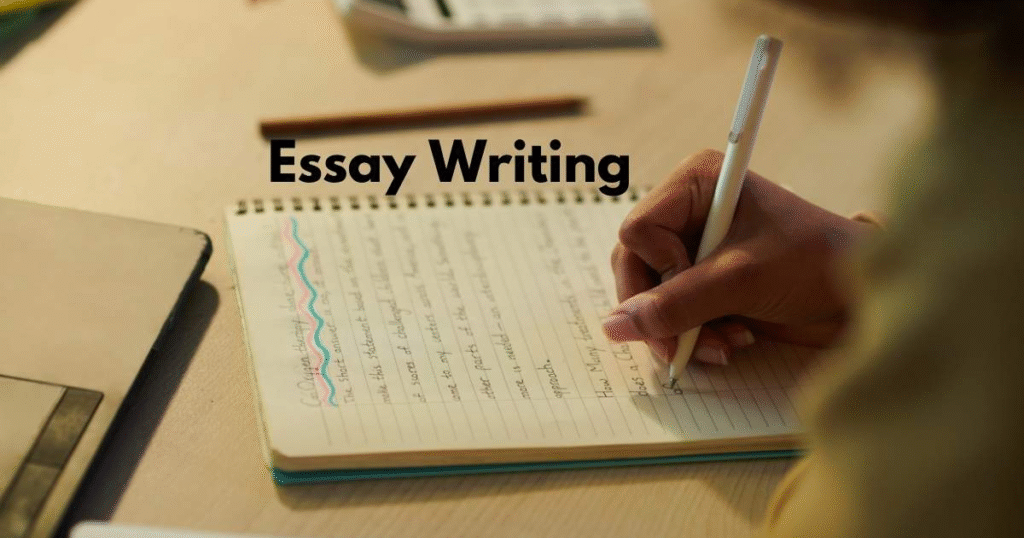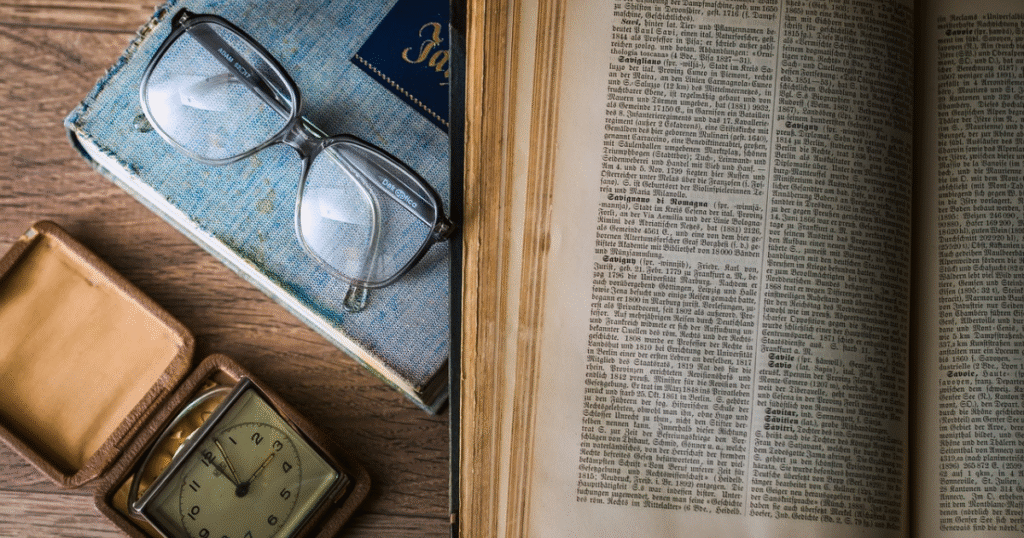An engaging essay starts with a captivating hook. If you’re struggling with essay hooks, you are not alone. Whether you’re a student, an academic, or a content creator, learning how to write a hook for an essay is a game changer for effective communication. A strong introduction hook captures attention, sparks curiosity, and encourages readers to keep reading.
This guide is essential for writing hooks for an essay step by step. It covers types of essay hooks with clear examples and techniques in making hook for an essay that transform boring openings into powerfully mysterious ones.
What Is hook for an essay?
A hook for an essay is generally defined as the very first one to three sentences that are written to catch the reader’s attention at the beginning of the essay. The hook for an essay gives a preview of your topic and sets the theme for the rest of the story.
A powerful hook for an essay creates a first strong impression and captures attention, so one’s reader not only wants to read on but is eager to do so.
Great hook for an essay are:
- Relevant to the topic
- Brief yet engaging
- A smooth lead-in to your thesis
Hooks set the tone, style, and pace of your essay. A well-written hook for an essay tells readers, “This is worth your time.”

Why Are hook for an essay Important?
Even the best-researched essays may fail to attract attention without a powerful hook for an essay. An excellent hook for an essay serves many purposes: it piques curiosity, sets the tone, hints at the topic, and encourages readers to stick with the content from the very first moment:
- Grab attention immediately
- Build curiosity
- Set the tone for the essay
- Transition naturally into the thesis
By starting an essay strong, you boost your chances of making a lasting impression.
Types of hook for an essay (And How to Write Them)
Knowledge of different types of hook for an essay will allow you to orient your introduction according to the tone of your essay and its intended audience.
Let’s now dive into some of the most effective types of hook for an essay that can elevate writing right from the outset and attract readers instantly.
Question hook for an essay
Posing a question encourages your reader to think about the topic. Example: “Have you ever considered how social media shapes your identity?”
Quotation hook for an essay
Use a famous quote that relates to your theme. Example: “’Be the change you wish to see in the world.’ – Mahatma Gandhi”
Statistic Hook
Start with a surprising statistic to establish credibility. Example: “Over 70% of students admit to procrastinating on major assignments.”
Anecdote Hook
A short personal story adds a human touch. Example: “Last night, I stayed up until 3 a.m. writing this paper—sound familiar?”
Statement Hook
A bold or shocking statement arouses curiosity. Example: “Grades don’t matter as much as we think they do.”
Description Hook
Paint a vivid image to stimulate the senses. Example: “The scent of freshly brewed coffee filled the library as I stared down my empty page.”
Humor Hook
Use light, appropriate humor to break the ice. Example: “Writing essays is like assembling IKEA furniture—confusing, frustrating, but oddly satisfying when done.”

How to Write a Hook for an Essay Step by Step
Let’s break it down into actionable steps:
Step 1: Understand Your Audience
Are you writing for academics, casual readers, or examiners? The tone of your hook should reflect the expectations and interests of your audience.
Step 2: Know Your Essay Type
Match your hook to the type of essay:
- Argumentative: Use statistics or bold statements.
- Narrative: Try anecdotes or description.
- Expository: Use facts or questions.
Step 3: Identify the Main Point
Your hook should complement your essay’s thesis, enhancing your argument without distracting from the main point.
Step 4: Choose a Hook Type
Choose the hook that best aligns with your essay’s tone, purpose, and audience to effectively engage readers.
Step 5: Write and Refine
Keep it concise—1 to 3 sentences. Avoid clichés like “Since the dawn of time.” Aim for originality and relevance.
Techniques for Writing Hooks That Work
Here are a few expert essay writing tips: hooks edition:
- Use sensory language to describe a setting or emotion.
- Start in the middle of action to create tension.
- Incorporate a twist or contradiction to provoke curiosity.
- Use parallelism or repetition for poetic effect.

Common Mistakes to Avoid
Even experienced writers sometimes misstep when writing essay hooks. Here are common pitfalls:
- Being too vague or general
- Using unrelated statistics
- Overloading with quotes
- Using rhetorical questions without follow-up
Each hook must be relevant and smoothly transition into your essay introduction.
Examples of Essay Hooks
Below are more examples of essay hooks to inspire your next intro:
- For a personal essay: “My grandmother’s hands told stories no history book ever could.”
- For a persuasive essay: “Would you trust a robot with your life?”
- For an analytical essay: “The color red appears 56 times in ‘The Great Gatsby’—but why?”
Crafting Effective Hooks Across Subjects
Use these strategies depending on your essay subject:
- Literature: Use a symbolic quote or theme
- Science: Use surprising facts or real-world consequences
- History: Pose a question about an alternate timeline
- Social studies: Share an anecdote from current events
Crafting effective hooks also means tailoring your approach to the assignment’s goal and tone.
Improving Essay Hooks: Next-Level Strategies
Once you’ve mastered the basics, try these advanced techniques:
- Layered Hooks: Combine two types (e.g., anecdote + statistic)
- Narrative Framing: Start with a hook that ties into your conclusion
- Echo Techniques: Repeat a word or phrase for rhythm
These help in writing like a pro and mastering the art of compelling intros.
Hook Placement and Flow
Your hook should appear right at the beginning, followed by:
- Background context
- Thesis statement
Make sure your hook flows naturally into the rest of your essay introduction. It is important to write an amazing essay hook in the very first sentence in order to make readers hooked at once. A hook creates an attention-grabbing moment by triggering curiosity, emotion or interesting ideas about the topic.
Whether it’s a question, an anecdote, or a statistic; the hook must plug into the wider subject area of the essay as a whole. By doing this you will prepare the reader to view the entire writing project in the frame of the hook immediately. This ensures the preparation of the reader for engaging impact writing.

Frequently Asked Questions (FAQs)
What is the purpose of an essay hook?
A strong essay hook grabs the reader’s attention from the first sentence, sparking curiosity, interest, or emotional engagement to encourage them to continue reading.
How long should a hook be?
An effective hook in an essay is usually between one to three sentences, according to the kind of essay and the complexity of the topic. If it is an essay hook, it must be short and sharply spikes into the reader’s mind immediately.
Can I use a question as an essay hook?
Absolutely. Types of essay hooks include question hooks, which are excellent for sparking curiosity. They invite readers to think deeply about the topic right from the start, creating instant engagement.
Is it okay to use a quote as a hook?
Absolutely, more so, depending on your purpose: to catch attention and direct the reader. A well-phrased question hook encourages the reader to interact, becoming the springboard for effective argument or narration later on in the essay.
Should every essay have a hook?
Yes, but ensure the hook transitions smoothly into the essay’s background and thesis, maintaining a natural flow toward the main argument.
Can humor work in an essay hook?
If suitable for the tone and topic, humor can effectively engage readers, making your essay more relatable and memorable.
What types of essay hooks are most popular?
The most common types of essay hooks include anecdote, quote, statistic, and question hooks, each serving a different purpose in engaging the reader.
How do I choose the right hook for my essay?
Match your hook to the audience, purpose, and subject of your essay. For persuasive essays, try bold statements, while for narrative essays, a personal anecdote works well to engage readers.
Why avoid generic openings like “Since the beginning of time”?
Avoid overused phrases, as they can seem irrelevant and uninteresting. Instead, aim for something more specific and engaging to capture the reader’s attention.
Final Thoughts on Writing Essay Hooks
Writing an introduction hook for an essay is a relevant skill that is certainly on the way to perfecting overall essay writing skills. A unique hook intro for an essay will shine when one is writing essay intros for either school, college, or professional writing purposes.
Knowing the types of hooks for essays and how to apply the right and strong hook techniques will help you forge more attention-grabbing introductions that will hold a reader’s attention from the very beginning.
Try to practice and also revise or improvise on hook techniques for essay introductions. In no time, you will polish your art of writing and create your own unique impressions and develop the art of getting engaging intros for an essay.





